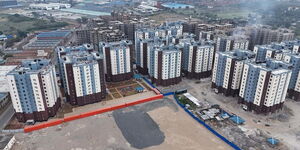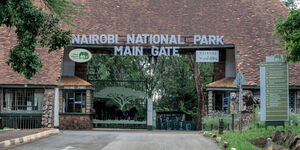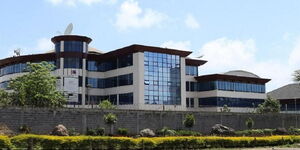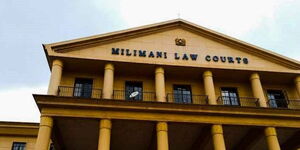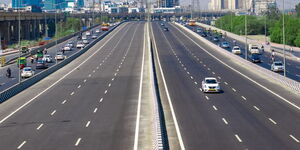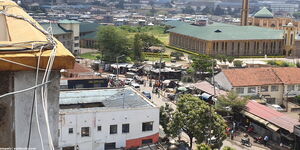Guests of the iconic Chale Island in Kwale County are set to use electricity from Kenya Power for the first time if plans to connect the exotic destination materialize.
The iconic island, which neighbours the popular Diani beach, was ranked as the best seashore destination in Africa, and has been using alternative sources of energy, including generators.
The island hosts a beloved exotic hotel, The Sands at Chale Island, and sits on a marine national reserve managed by the Kenya Wildlife Service (KWS) and the National Museums of Kenya (NMK).
The island is part of the frontiers that provide a high-end tourism experience and are highly preferred by tourists and investors alike.
The hotel has a stunning white beach fringed by coral reefs and a tidal saltwater lake and mangroves are in the vicinity.
It also has a human-wildlife infusion with its diverse mixture of indigenous and tropical Flora that attracts insects and primate life.
On the property sits bandas, penthouses as well as overwater suites.
Kenya Power, in conjunction with an investor, is now exploring ways to connect a submarine cable to the island and supply it with electricity.
Chale Island Resort General Manager Andrea Anelli confirmed that he was ready to spend between Ksh8 million and Ksh9 million to have the island connected to the grid.
He explained that power connectivity would reduce the power costs they currently pay using generators.
"We are ready to meet the cost of procuring submarine cables and installation to allow the island to switch to 100 per cent renewable energy," he stated.
The application to connect the island to the electricity is awaiting approval from government agencies including the National Environment Management Authority (NEMA) and the Kenya Maritime Authority (KMA) among others.

